Simple exercises to build balance and strength

The inevitable process of getting older puts you at greater risk of falling. Having osteoarthritis — especially in the hips and knees — makes falls even more likely.
Advertisement
Cleveland Clinic is a non-profit academic medical center. Advertising on our site helps support our mission. We do not endorse non-Cleveland Clinic products or services. Policy
A recent study found that two main risk factors for falls among people with knee osteoarthritis are impaired balance and muscle weakness.
“Our balance comes from our eyes, an organ in the inner ear and information from our muscles and joints,” explains physical therapist Mary Morrison, PT, DScPT.
“If you are getting additional messages of pain and instability from arthritic joints, it can take away from body awareness needed for balance.”
People with arthritis can also get into a cycle that further impairs balance. “I hear people say, ‘My knee gave out,’ and then they’re afraid it’s going to happen again and they’re going to fall,” she says. “They protect themselves by decreasing activity, which can actually speed up decline because muscles get weaker.”
So that fear of falling is actually a major risk for falling. “You need to work on balance so you aren’t so afraid,” Morrison says.
She recommends an approach that addresses balance, strength, flexibility and posture.
Many falls happen when people rotate their body while reaching up or down (for example, turning and reaching overhead to put something in the kitchen cabinet).
Your body must be able to react to save you from falling. “When we work on balance in physical therapy we take people to the edge of falling and allow their body to learn to respond,” Morrison says.
Balance exercises require you to challenge your stability, but at the same time, it’s important to be safe. Morrison suggests practicing balance at home in the corner of a room with a chair in front of you to grab if you need to. Start at a level that is comfortable for you.
Advertisement
To help prevent falls in the kitchen or bathroom, she recommends you practice squatting down and reaching up to simulate what you might do in these places.
You can also try this progression of foot positions:
Note: Start this series of positions with your arms out to the side. Progress to doing them with your arms down, and then with your arms crossed across your chest. Try to use your ankles, hips and trunk to balance, instead of immediately reaching for the wall or chair.
Morrison also recommends strengthening your hips, buttocks and ankles.
“When we’re young, our balance reaction starts at our feet,” she says. “Our ankles wobble and recover.” But as we get older or have joint stiffness, we bend more at the hips because our ankles have lost flexibility and strength.
To strengthen the calf muscles and small muscles of the ankles and feet, try this simple exercise:
Morrison also advises people who feel unsteady use a support device, such as a cane or walker. “People often resist this, but it can allow you to move better and at a more normal walking speed,” she says. Greater mobility is also good for balance.
If you feel unsteady when standing or walking, or if you worry about falling or have fallen, see a physical therapist for a customized balance program.
This article originally appeared in Cleveland Clinic Arthritis Advisor.
Advertisement
Learn more about our editorial process.
Advertisement
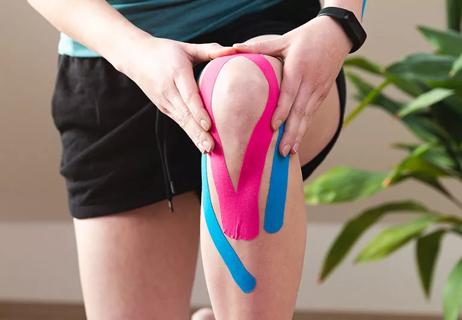
An expert explains the potential benefits
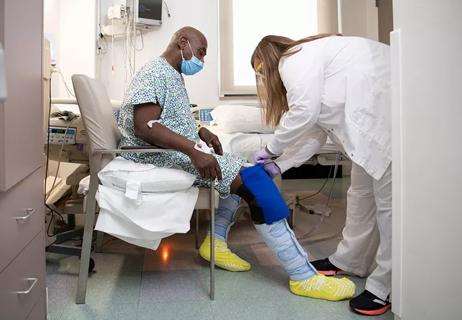
Plus, tips on how to recover

Even one less pound helps preserve hips and knees
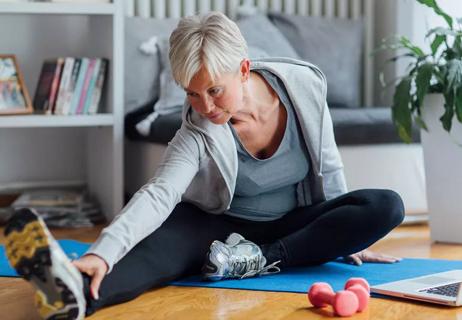
Managing this common condition
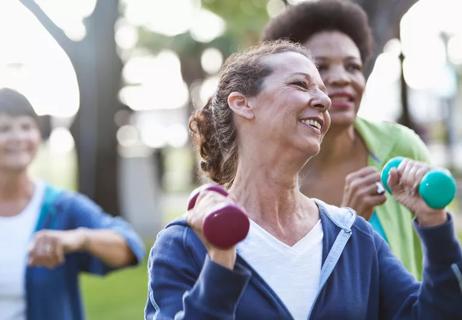
The short answer from a rheumatologist

Polarized lenses have an added benefit of a special coating that reduces glare on reflective surfaces like water and snow

Soothe your red, burning skin by applying aloe vera, moisturizing and using a cold compress
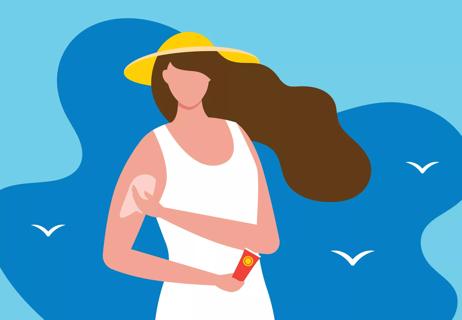
Even on cloudy days or simply running errands, sunscreen is a must

Type 2 diabetes isn’t inevitable with these dietary changes

Applying a hot or cold compress can help with pain